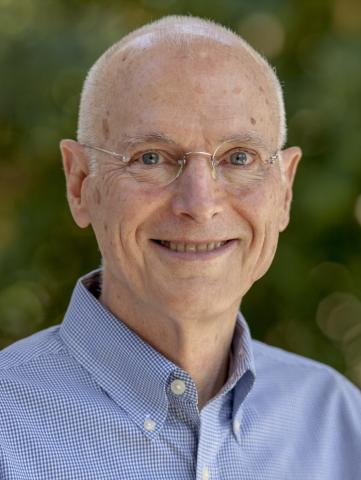Do Election Laws Affect Voter Turnout?
Published for Coates' Canons on March 07, 2014.
For the last 30 years North Carolina, like most states, has been making it easier to register and vote. In the early 1980s the only way you could register was to go before an official of the local board of … Read more
The post Do Election Laws Affect Voter Turnout? appeared first on Coates’ Canons NC Local Government Law.
Public Officials - Local and State Government Roles
Topics - Local and State Government



